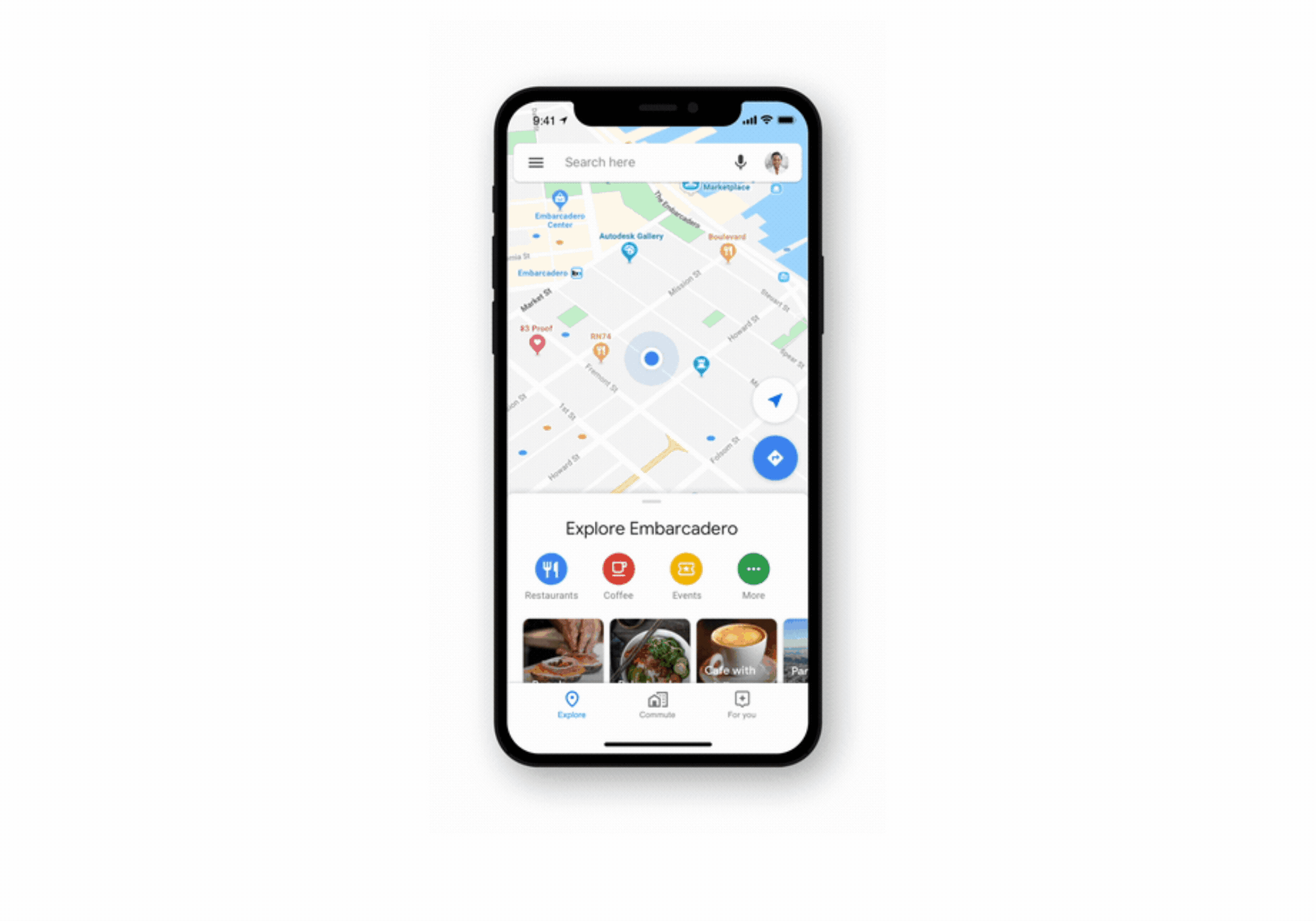Google Maps Finally Brought One Of Its Best New Features To iPhone
Just over a month after it arrived on Android, Incognito mode is rolling out for Google Maps on iOS this week. It's just one way that Google is handing the reins to back to users when it comes to privacy, and it will be a welcome addition to the expansive list of features that Google has brought to one of its most popular apps in recent months. Be sure your Google Maps app is up to date to take advantage of Incognito mode.
According to Google, the feature works the same on iOS as it does on Android. Once you turn on Incognito mode, any places that you search for or navigate to using the app will not be saved to your Google account. You also won't see any personalized features, though, such as recommendations for restaurants based on your history. The places you visit also won't be saved to your Timeline, since your Location History can't be updated.

But that's not all that Google is doing to give you more control over your data. In the same post, Google Maps Product Manager Marlo McGriff said that bulk delete is coming to Timeline on Android next month. Once the feature rolls out, it will be easier than ever to pick and choose places on your Timeline and your Location History in order to delete them. Slowly but surely, Google is giving users complete control over Maps.
These aren't the flashiest of additions for one of the most popular apps on the planet, but it's nice to see Google take privacy more seriously, especially with more threats to our security floating around than ever before.
